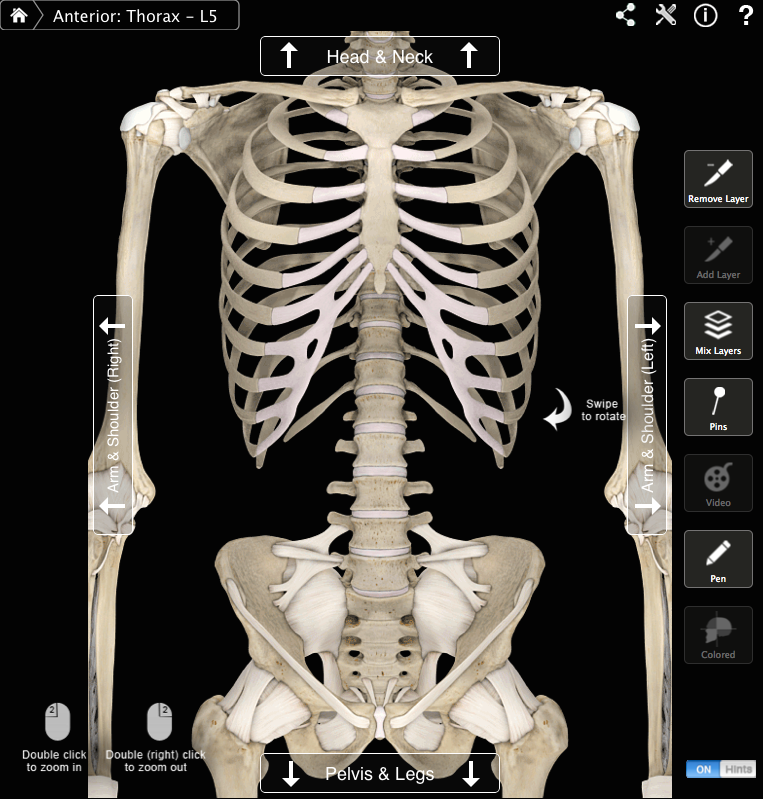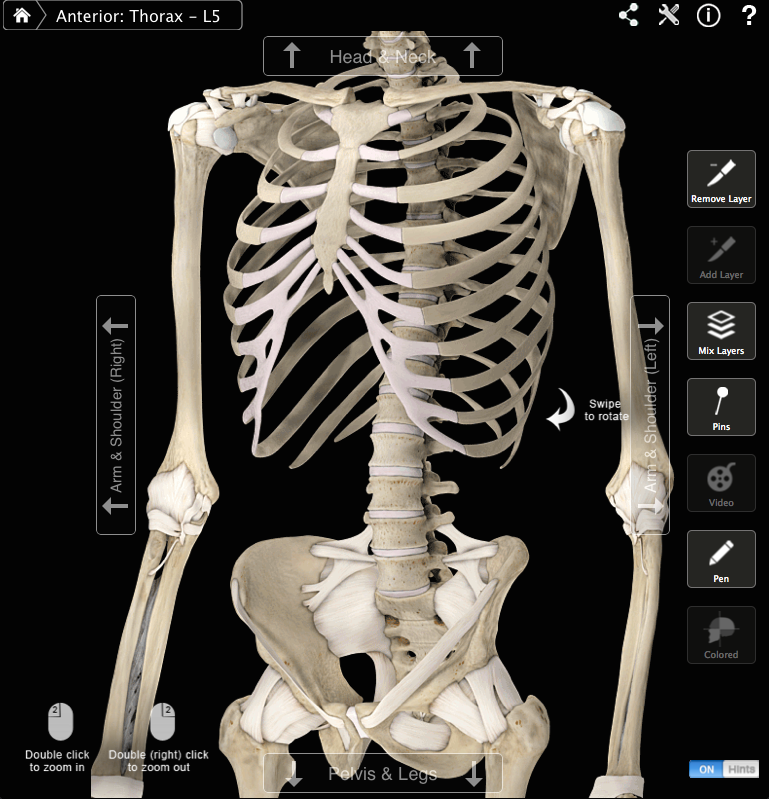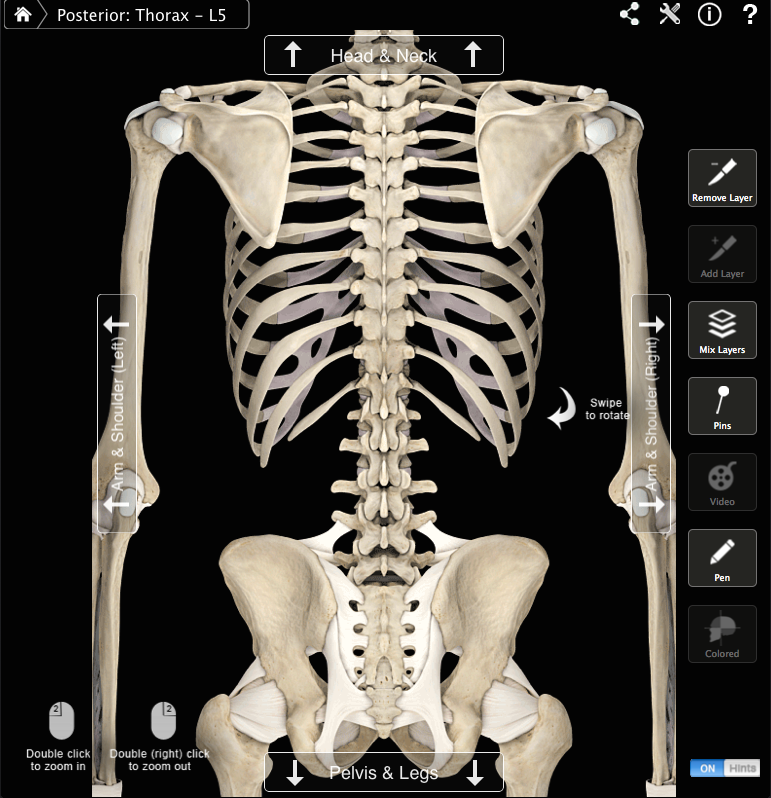Hello and welcome to the 6th and final post about “Turnout,” our workshop at Dancenter North. Last Saturday we reviewed some of the dancers’ favorite exercises and did some Q&A about turnout. Although I joked with the dancers about my elaborate “non-answers” to their questions (because the real answer to most questions is “It depends...”), we did cover some important ideas about turnout. I hope these Qs and As will be helpful to you, as well!
Q: How can I improve my turnout without hurting myself?
A: The dancers themselves were able to answer this question beautifully. Their very correct answers highlight the fact that improving turnout is a process. Here are their answers:
- Work slowly.
- Stay where your body is comfortable.
- Try to do a little more each day.
- Push it when you can.
I’d also add:
- Work on improving strength and flexibility throughout your entire body, not just your hips.
- Focus on good alignment and dance technique within your comfortable turnout range- don’t crank your turnout at the expense of the rest of your technique.
- And finally, as we said in week 1: Start with success and your body will give you the rest.
Q: How can I make sure I am turning out from my hips?
A: First of all, don’t force your turnout by planting each foot separately feet with hips and knees flexed, then straightening both knees. This technique, called “screwing the knee” can cause excessive compensation through the knees and feet. Instead, gently place your feet where you think they can go without feeling excessive strain in your legs (keep legs fairly straight while you do this). Then, lift up one leg to passé. If you can keep your pelvis square and level, you are likely using the correct amount of turnout for your body, which will likely include a good amount from your hips.
Also, if you are turning out from your hips, your knees will ideally glide right out over your toes, not toward the insides of your feet during a plié. If you have difficulty aligning your knees over your toes, get assistance from your instructor or physical therapist- some people do have alignment variances that prevent the knee from tracking straight over the toes.
Finally, check with your dance teachers. An instructor who is knowledgeable about correct technique and alignment throughout a wide range of dance movement will be able to help you be sure that you are turning out from your hips appropriately.
Q: How come it’s easier for others to achieve their turnout?
A: Everyone is different. Our bodies, our histories, and our training can all influence how well we turn out. Hip socket depth, femur alignment, soft tissue flexibility, and strength are just a few of the reasons two people might dance with different amounts of turnout. Please remember: turnout is a process and a technique, not a static characteristic of a person. Respecting your body and putting the work it to make improvements will help you find your best turnout.
Q: How long will it take to reach my goals?
A: This is another question that really “depends”. During this workshop, we were able to measure each dancer’s turnout before and after doing even just a few exercises, and they were all able to see a positive difference. So, in that case, we were able to see positive change in just a few minutes. More significant and permanent change will likely take longer. What your goals are, where you are starting, how much time you put in, how much focus you have, whether you stay safe and successful with your movement, what your injury history is, what your training history is, and how quickly your body adapts to change are all factors that contribute to how quickly you might reach your goals. The important part is putting in the work on a regular basis. Keep at it and you will likely see improvement. If you do not see any positive change over a period of weeks or months, your dance teacher or your physical therapist may be able to help you figure out why and help you make it better.
Q: How can I hold my turnout longer?
A: Warm up before your start. Start by using your successful turnout, not by forcing it (see question 2 above). Practice using it throughout all movements you perform in class. Listen to your teachers and ask for individual help if you are unable to understand or execute the technical instructions they give you. Lather, rinse, repeat. Doing technically sound work, over and over, will help you build the endurance you need to hold your turnout longer.
Q: What exercises should I do before class so that I am able to hold turnout from the beginning?
A: The simple, but not easy, answer is whatever exercise helps you the most. This requires that you be a scientist with your own body. Try different stretches or exercises that you already know, but test/retest your turnout before and after doing the exercise. Which one helps the most? Do THAT one before class. Not sure if a new exercise you saw will help? Try it, and test/retest your turnout as above. One size does not fit all for exercise. Don’t worry if your friend, teacher, or even physical therapist, shows you an exercise that doesn’t feel good or doesn’t help you. Do what works for you and don’t think twice about it!
That being said, some of the dancers in this workshop really liked warming up before class with this exercise. Feel free to give it a shot and see if it works for you!
PLEASE READ FULLY: A 3D pivot matrix is a movement sequence that can help your feet, knees, and hips work together in a coordinated fashion. The 3D pivot matrix can be either a warm-up or conditioning exercise. For best results, step only in the directions that are comfortable and/or only step as far out as is comfortable for you.
** Please discontinue this exercise and consult with your doctor or physical therapist if you are experiencing pain or if you are unsure as to whether this exercise is right for you.**
Thanks so much again for joining us! Please comment below or write me at melissa@kinesipt.com if you have any questions- I'd be happy to help in any way possible. Happy Dancing!












